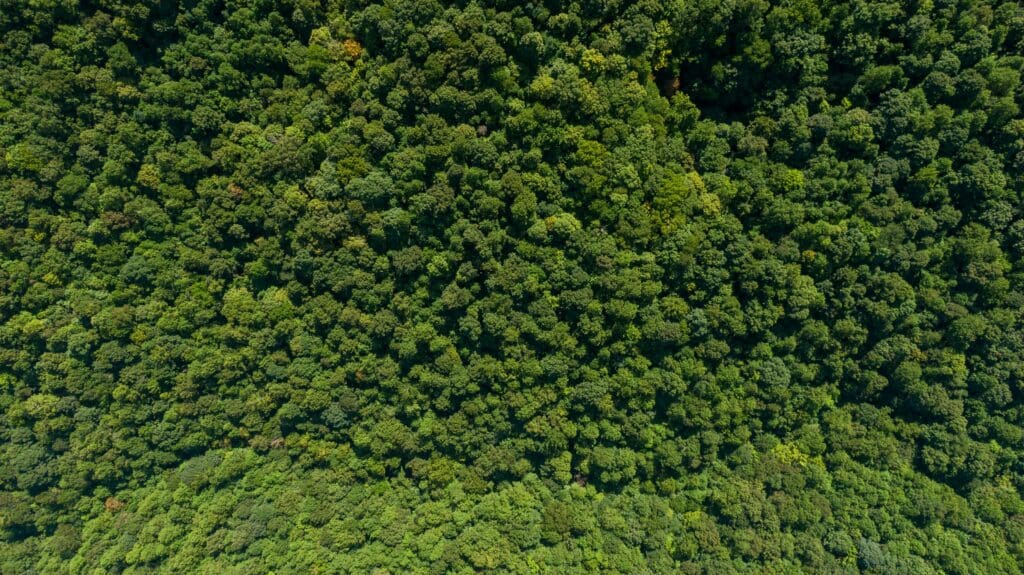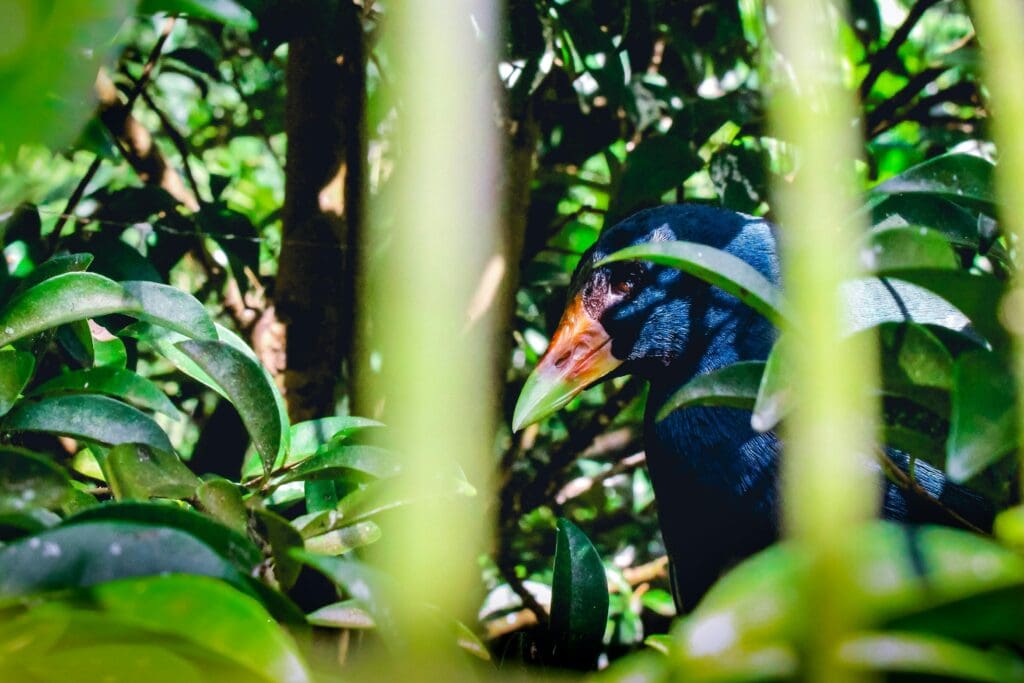Why high-integrity carbon credits are critical to forest conservation
Written by ICVCM
Published


In this Q&A, Annette Nazareth, Chair of the Integrity Council, discusses the important role high-integrity carbon credits can play in channelling additional funding towards protecting and promoting key carbon sinks, which has been a topic of debate in the media.
Why is the VCM critical to funding forest conservation?
Annette: There is no path to 1.5 degrees without protecting and restoring our forests and other natural carbon sinks. Despite years of effort by many of the best minds in government, the environmental sector and philanthropy, we are still far from turning the tide on deforestation globally. In today’s economy, a forest is still worth more dead than it is alive, which is a particularly acute pressure for many of the local communities living in and around our core carbon sinks. Without changing these fundamental economic pressures so a forest generates more economic benefit when it is alive, our ability to halt or reverse deforestation is severely hampered.
So far, as a global community, we have not been effective enough at channelling funding towards promoting and protecting our forests, but we do now have a wide consensus that this is going to be absolutely critical in the fight against climate change.
This is where a high-integrity voluntary carbon market can play a really impactful role – by unlocking urgently-needed finance that would not otherwise be available and channelling it towards mitigation activity that would not otherwise happen, particularly in emerging markets. This is what high-integrity carbon credits are designed to do, including protecting forests through high-integrity approaches to Reducing Emissions from Deforestation and Forest Degradation (REDD+), for example.
I’ve said this before and I’ll say it again: We need every tool available working at full speed to channel investment towards keeping the global temperature within 1.5°C. A transparent, liquid, high-integrity voluntary carbon market, is one very important tool we can use to achieve that goal.
How will the ICVCM assess forest-based carbon credit types?
Annette: We are still working intensively to finalise our Core Carbon Principles (CCPs) and the Assessment Framework, which will establish a definitive global threshold standard for high-integrity carbon credits, based on solid science and clear, measurable, verifiable data. The CCPs and Assessment Framework set out the high-level fundamental principles and the detailed criteria both carbon-crediting programs and the projects and credits they certify will have to meet for a particular carbon credit to carry the CCP label. We will start publishing these standards in March, and are aiming to have the first labels in the market in Q3 of 2023, with additional programs and activities assessed on a rolling-basis thereafter.
For any carbon credit to get the CCP label, both the carbon-crediting program that issued them and the mitigation activity or ‘credit type’ (e.g. REDD+, renewables etc) need to meet the criteria for high climate, environmental and social integrity set out in the CCPs and Assessment Framework. We will form thematic working groups to conduct deeper analysis and prioritise credit-types with the largest market share. We are looking forward to working with our stakeholders to explore the strengths and weaknesses of the different credit-types and will update the market as these working groups make progress.
How will the CCP label help channel funding towards forest-based mitigation activity?
Annette: The CCP label is designed to address confusion in the market, and respond to concerns about credit quality. It will give buyers confidence that they are funding projects that make a genuine positive impact when they buy a CCP-labelled credit.
We urgently need to unlock private capital and channel that funding through to high-impact mitigation activities. This includes high-integrity projects designed to protect and enhance our forests where carbon credit revenue is a critical driver.
Of course the credits have to be high-integrity, which the CCPs will help to clarify. And of course we also need clear guidelines on the legitimate use of carbon credits as a complement to robust internal decarbonisation. This is what our colleagues at the Voluntary Carbon Markets Integrity Initiative (VCMI) are working on.
We also need to be very conscious that these credits trade in a voluntary market. This means buyers are choosing to invest in climate mitigation above and beyond what they are required to do. And that’s why we need to make it as easy as possible for companies and investors to identify and access high-integrity credits.
If buying high-integrity carbon credits is too difficult or too risky, a vital source of funding in the fight against climate change will be lost. We simply cannot afford for that to happen.
Will the CCPs be a silver bullet for the VCM?
Annette: We won’t get everything right in the first version, so we have put in place a process that allows us to continually improve. We expect to refine and revise our framework and procedures every 2-3 years, through learning and deep collaboration with all our stakeholders, to take into account the latest science and technology and new developments in the market.
We will learn lessons and use these to continually develop our Core Carbon Principles in partnership with our stakeholders to drive greater ambition in credit integrity over time.
That is the only way we will strengthen trust, unlock investment and make sure the voluntary carbon market delivers impact at the speed and scale we all want to it.








